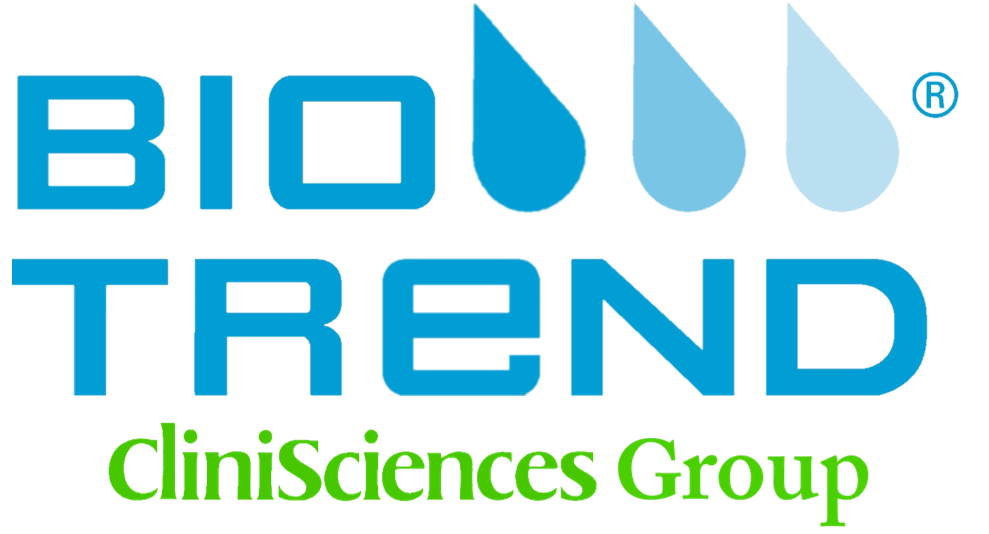IgG1 (HRP)
Cat# I1904-77C-500ug
Size : 500ug
Brand : US Biological
I1904-77C IgG1 (HRP) discontinued
Clone Type
PolyclonalHost
mouseSource
ratSwiss Prot
P20759Isotype
IgG1Grade
Affinity PurifiedApplications
ECrossreactivity
RtShipping Temp
Blue IceStorage Temp
-20°CApplications:|Suitable for use in ELISA. Other applications have not been tested. ||Recommended Dilutions: |ELISA: 0.5ug/ml|Optimal dilutions to be determined by the researcher. ||Storage and Stability:|Store product at 4°C if to be used immediately within two weeks. For long-term storage, aliquot to avoid repeated freezing and thawing and store at -20°C. Aliquots are stable at -20°C for 12 months after receipt. Dilute required amount only prior to immediate use. Further dilutions can be made in assay buffer. Note: Sodium azide is a potent inhibitor of peroxidase and should not be added to HRP conjugates. For maximum recovery of product, centrifuge the original vial after thawing and prior to removing the cap.


